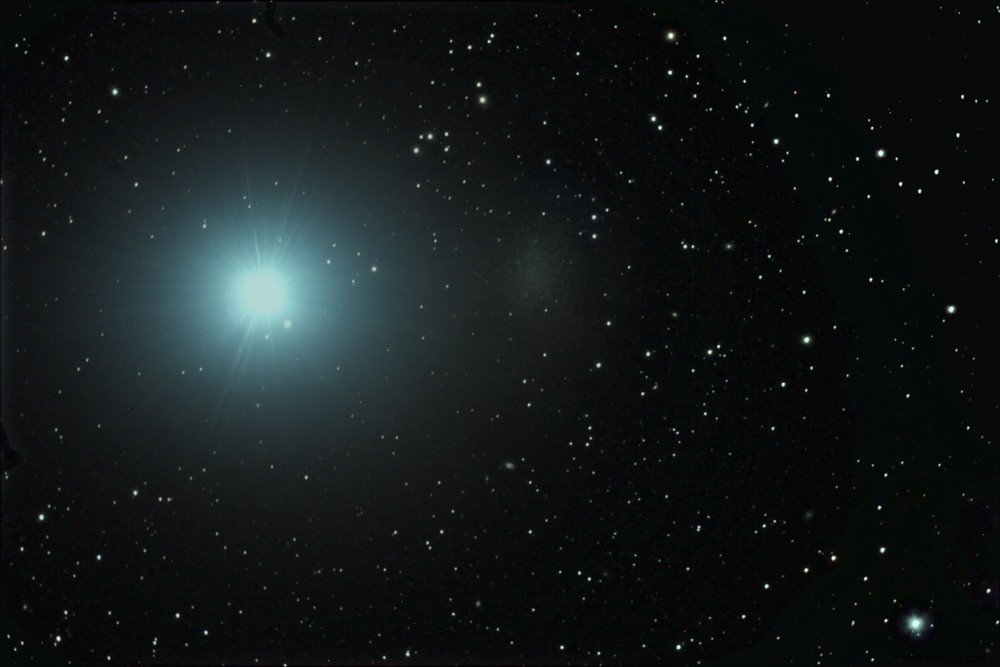Astronomers from the University of Texas announce that they have isolated a massive black hole at the heart of Leo I, one of the satellite galaxies of the Milky Way. The object would be almost as massive as the one posted at the center of our own galaxy. Details of the study are published in The Astrophysical Journal.
Discovered by R. G. Harrington and A. G. Wilson in 1950, Leo I is a spheroidal dwarf galaxy that is part of our Local Group. You will find it about 800,000 light years away of the solar system. Unlike most dwarf galaxies orbiting the Milky Way, Leo I does not contain much dark matter. In this sense, it remains an interesting object of study.
As part of new work, astronomers have sought to assess how the density of dark matter evolves from the outer edges of the galaxy to its center by measuring its attraction gravity on the surrounding stars. The faster the stars move, the greater the density of dark matter.
To operate, the researchers relied on the VIRUS-W instrument, available on the Harlan J. Smith Telescope at the McDonald Observatory. The collected data was then subjected to analysis using a supercomputer at the Texas Advanced Computing Center at UT Austin. And the results were surprising.

According to the team, only the presence of a supermassive black hole could explain the movement of the stars found in the center of this galaxy. This object must be about as massive as that of the Milky Way, whose mass is estimated at about four million Suns .
The mass ratio is therefore absolutely enormous, given the size of Leo I which, we recall, is only a dwarf galaxy. Until now, it was therefore not thought that such a black hole could develop in the center of these objects. In this sense, this new discovery thus undermines our understanding of the evolution of galaxies.
“If the mass of the Leo I black hole is truly that high, it could explain how black holes grow in massive galaxies “, emphasizes Karl Gebhardt, of the German Max Planck Institute for Extraterrestrial Physics (MPE).
We could indeed imagine that over time, as small galaxies like Leo I get sucked into larger galaxies, the black hole of these small galaxies merges with that of the larger ones, thus increasing their mass.